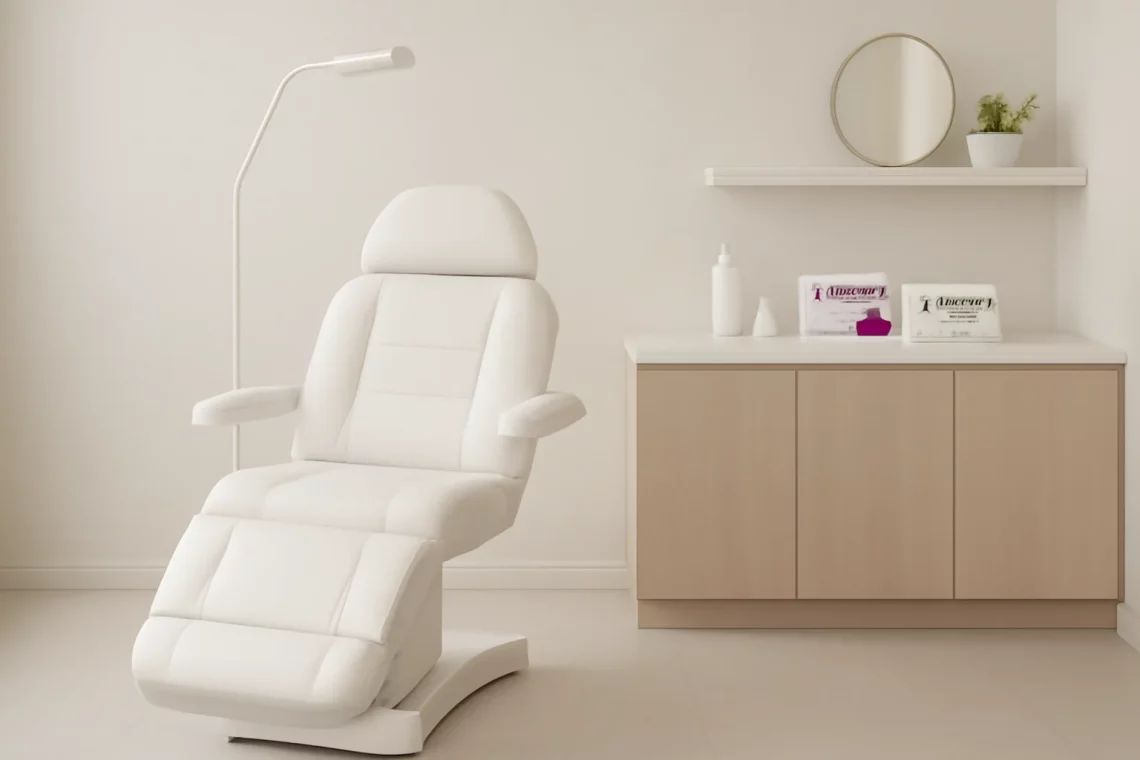
Botox vs Dysport: Which Anti-Aging Treatment is Right for You?
Botox and Dysport are two of the most recognized names in the world of cosmetic treatments, specifically in the realm of wrinkle reduction and facial rejuvenation. Both of these injectable treatments have gained immense popularity due to their effectiveness in minimizing the appearance of fine lines and wrinkles. They work by temporarily paralyzing the muscles that cause facial expressions, leading to a smoother and more youthful appearance.
While many people may consider these treatments interchangeable, there are subtle differences between them that can influence a person’s choice. Factors such as onset time, duration of effects, and individual responses to the treatments can vary, leading to different preferences among users. Understanding these nuances is essential for anyone contemplating cosmetic enhancements. As the demand for non-surgical aesthetic procedures continues to rise, it becomes increasingly important for individuals to make informed decisions based on their specific needs and desired outcomes.
In the following sections, we will delve deeper into the characteristics, advantages, and considerations of Botox and Dysport, helping you to navigate the options available for achieving a more youthful appearance.
Understanding Botox: How It Works
Botox, derived from the bacterium Clostridium botulinum, has been a staple in cosmetic treatments for years. The primary function of Botox is to block the signals from the nerves to the muscles, effectively preventing them from contracting. This mechanism leads to a reduction in the appearance of dynamic wrinkles, which are formed by repeated facial movements such as smiling, frowning, or squinting.
The treatment process typically involves a series of small injections into specific areas of the face. Patients often experience minimal discomfort during the procedure, and there is usually no downtime required. Results can take anywhere from 24 to 72 hours to fully manifest and can last for three to six months, depending on the individual and the area treated.
One of the major advantages of Botox is its extensive track record. It has been used for both cosmetic and medical purposes, including the treatment of chronic migraines, excessive sweating, and certain muscular disorders. This extensive use has contributed to its reputation as a safe and reliable option for those seeking non-invasive aesthetic improvements.
However, it’s essential to understand the potential side effects. Common side effects may include temporary bruising, swelling, or mild headache, but serious complications are rare when administered by a qualified professional. Individual responses can vary, so it’s crucial for patients to discuss their medical history and any potential concerns with their practitioner before undergoing treatment.
Dysport: A Closer Look
Dysport, like Botox, is another botulinum toxin type A product that is used for similar cosmetic purposes. It functions in much the same way as Botox by blocking nerve signals to the muscles, resulting in a reduction of wrinkles. However, there are some key differences that set Dysport apart from its more widely known counterpart.
One notable distinction is the molecular structure of Dysport, which is smaller than that of Botox. This smaller size may allow it to spread more easily in the targeted area, which can be beneficial for treating larger regions. As a result, some practitioners may prefer Dysport for treating expansive areas such as the forehead or the glabellar lines between the eyebrows.
Patients often report that Dysport may take effect more quickly than Botox, sometimes within 24 hours, while the results can last for a similar duration of three to six months. Additionally, some studies suggest that Dysport may create a slightly softer look, which can be appealing for individuals seeking a more natural appearance.
While the side effects of Dysport are generally similar to those of Botox, including bruising and swelling at the injection site, it is essential for patients to consult with their healthcare provider to ensure they are choosing the right product for their needs. As with any cosmetic procedure, the skill and experience of the injector play a significant role in achieving desired results.
Comparing Results: Botox vs. Dysport
When comparing Botox and Dysport, the results can be remarkably similar, but individual experiences may vary. Factors such as the treatment area, the injector’s technique, and the patient’s unique physiology can all influence the outcome.
Many patients appreciate the immediate and noticeable results that both treatments provide, often leading to increased self-confidence and satisfaction with their appearance. However, the onset time can be a deciding factor for some. As mentioned, Dysport may act more quickly in some cases, which could be an advantage for individuals looking for prompt results before a special event.
The longevity of results is another critical point of comparison. While both Dysport and Botox typically last between three to six months, some users report that Dysport may last slightly longer for them. This is a subjective experience, as individual metabolism and muscle activity can significantly influence how long the effects last.
Cost is another consideration in the decision-making process. Generally, Dysport may be priced lower than Botox per unit, but the total cost will depend on the number of units required to achieve desired results. Therefore, it’s essential for patients to discuss pricing with their healthcare provider and understand the total treatment costs.
Ultimately, the choice between Botox and Dysport may come down to personal preference and the specific recommendations of a qualified practitioner. Each treatment has its strengths, and understanding these can help individuals make the most informed decision about their cosmetic goals.
Choosing the Right Treatment for You
Selecting between Botox and Dysport is a personal decision that should be made carefully. Factors such as your aesthetic goals, the areas you wish to treat, and any previous experiences with cosmetic injectables can all influence your choice.
It is crucial to have a thorough consultation with a licensed and experienced practitioner who can assess your needs and recommend the most suitable option. During this discussion, you should feel free to ask questions about both treatments, including potential side effects, recovery times, and expected outcomes.
Another important consideration is your lifestyle and how you plan to integrate these treatments into your routine. If you have a busy schedule and need quick results, Dysport might appeal to you due to its potentially faster onset. Conversely, if you prefer a well-established treatment with extensive clinical backing, Botox might be the better choice.
Moreover, it’s essential to consider the long-term implications of your decision. Regular treatments will be necessary to maintain results, so understanding the commitment involved with either option is vital.
In conclusion, whether you choose Botox or Dysport, both treatments offer effective solutions for reducing the appearance of wrinkles and enhancing your overall appearance. By understanding the differences and similarities, you can make a more informed choice that aligns with your aesthetic goals.
**Disclaimer**: This article is for informational purposes only and does not constitute medical advice. For any health-related concerns or questions regarding cosmetic procedures, please consult with a qualified healthcare professional.




